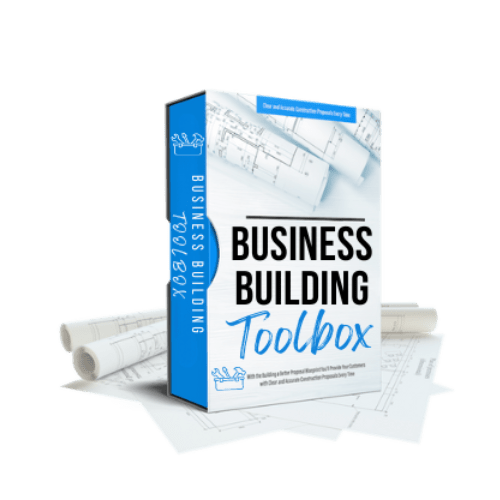Trying to Spin Too Many Plates at The Same Time Can Make You Dizzy
Maybe you’ve have seen a plate spinning act in some form or another. There are multiple plates spinning simultaneously on the top of sticks. The performer is running around trying to keep things from crashing to the ground.

When I was a kid, I remember watching Erich Brenn perform his plate spinning act on the Ed Sullivan Show. I remember him running back and forth, trying to keep all the different plates spinning at the same time. It was amazing…and a little stressful.
The same thing happens in our lives when we try to do too much.
The number of things we’re trying to get done just increases around the Holidays. I know the last couple of weeks I’ve have felt like I had a lot of plates spinning.
Erich knew what he was doing and had a system for keeping those plates spinning, but it was only sustainable for a short period of time.
Most construction companies operate this way, they’re trying to do too many things at a time. Just like the performer who keeps putting more and more spinning plates up on the end of sticks, we keep trying to do more and more.
There is a limit to how much a single individual can do. We can only run back and forth keeping the plates spinning for so long before they start crashing.

Trying to run a business without a plan or structure just increases the odds for failure.
To build a successful business there needs to be a sustainable process for keeping the plates spinning and this starts with a plan. It’s much easier to share and understand a plan when it’s drawn out. Just like constructing a building can’t be done when the blueprint is only in someone’s head.
Most construction business systems are similar. They consist of the same basic areas of operation.
Sales/Marketing
- Prospecting for customers
- Follow up on leads
- Meet with prospective customers
- Pricing and Proposals
- Sales Reports
- Advertising/Promotions
- Marketing and Sales Planning
- Customer Relations
- Market Research
- Public Relations
- Product Development
Production/Operations:
- Project Management
- Project Assignments and Scheduling
- Productivity Monitoring and Control
- Quality Control and Documentation
- Production Team Prep. & Development
- Communicate with Team Members
- Project Troubleshooting
- Inventory Planning and Control
- Purchasing and Vendor Relations
- Customer Service
- Equipment Maintenance and Repair
- Facilities Maintenance & Repair
Administration/Finance:
- Computer Systems
- Team Member Records
- Team Member Policies and Benefits
- Office Support
- Office Maintenance
- Information Archiving and Distribution
- Data Processing
- Communications
- Contract Preparation
- Budgeting
- Invoicing
- Cash Flow Forecasting
- Financial Reports
- General Bookkeeping
- Accounts Payable
- Taxes
- Banking
As you can see here, even just the basics are a lot of plates to keep spinning and there are a lot more to spin than just these. All these plates going around and around will make your head spin.

This is why at Solution Building, we’re making available the Business BUILDing tools and systems that were developed and have been used for years at Timber Creek Construction.
The Business BUILDing Toolbox is currently available at a discounted Holiday price.
There are a lot of plates to keep spinning in a construction business. Why not get some tools that will help you keep your plates spinning?
If you have questions or would like to know more about the Business BUILDing Toolbox you can schedule a free 30-minute construction company consultation here.














